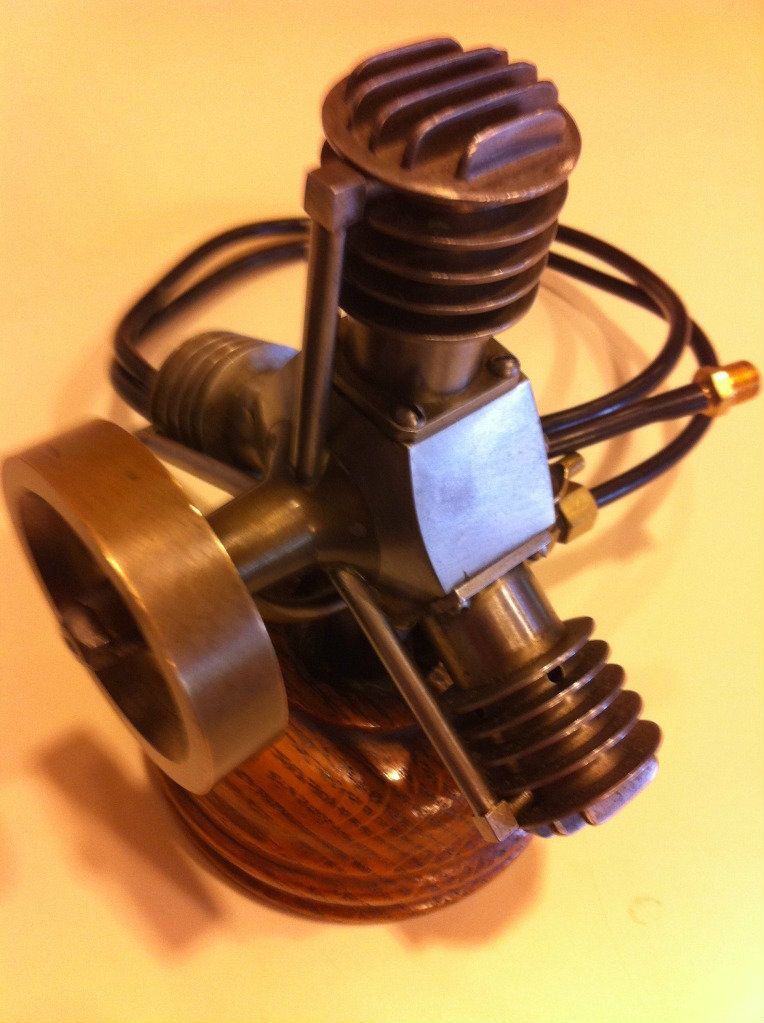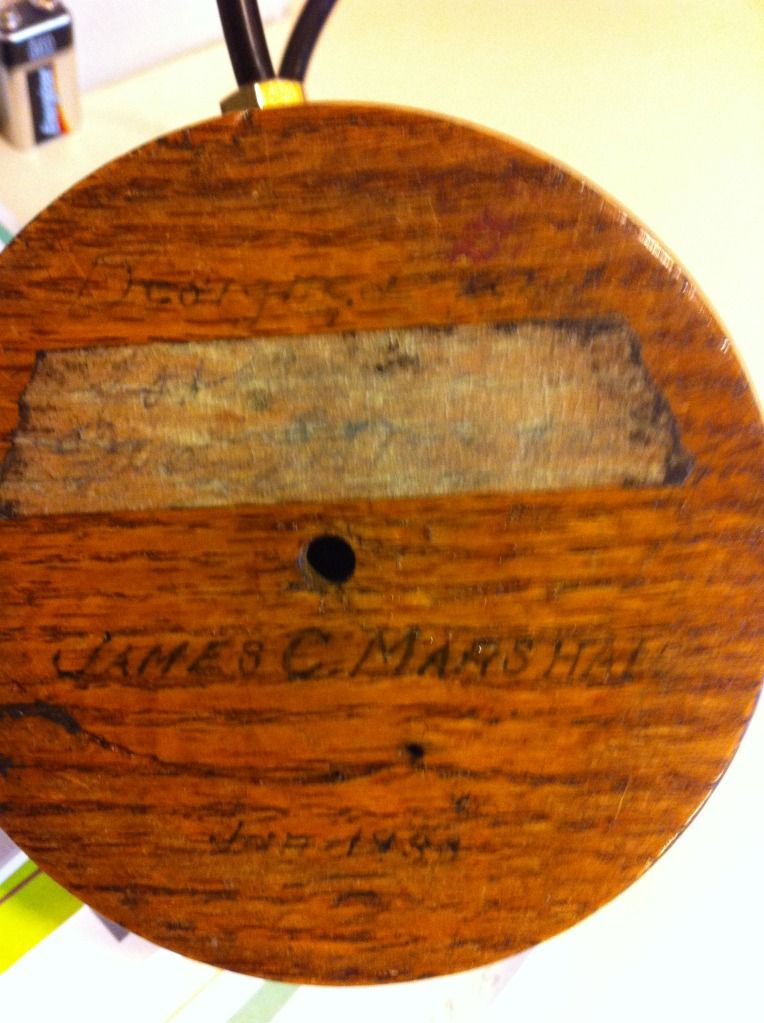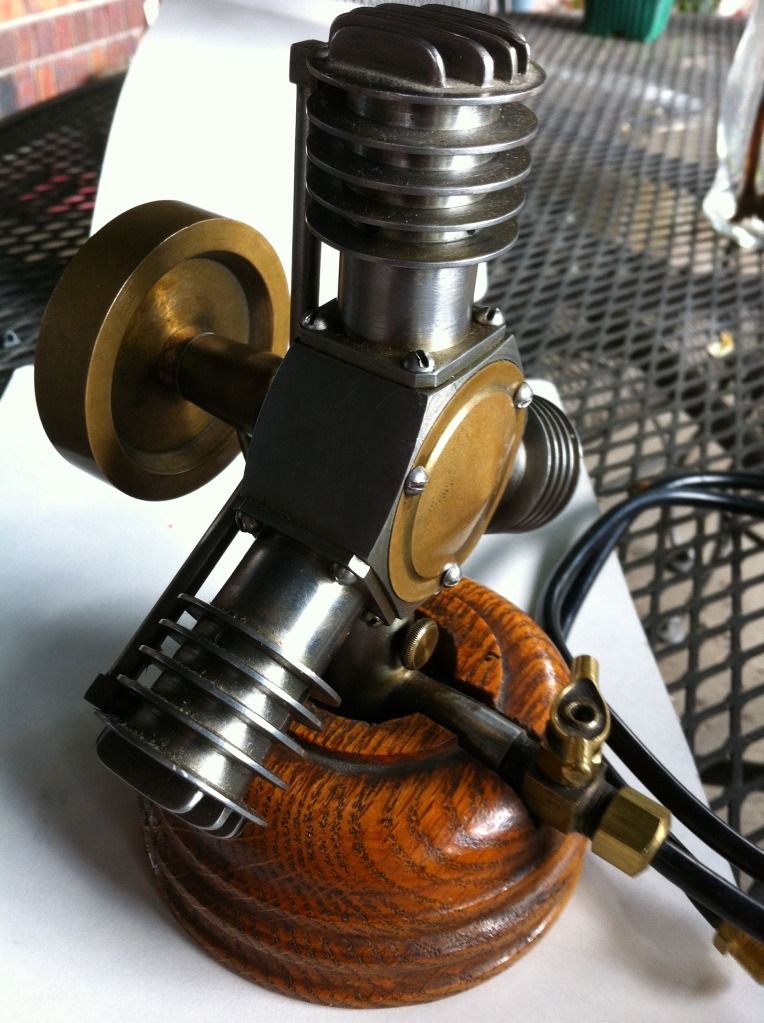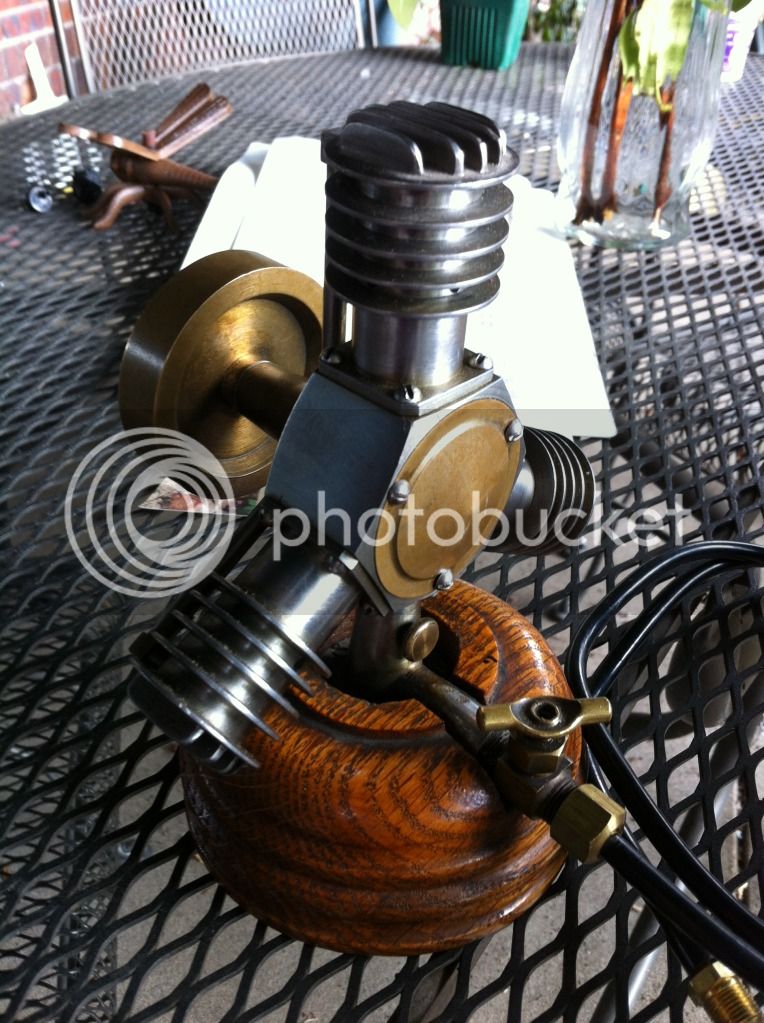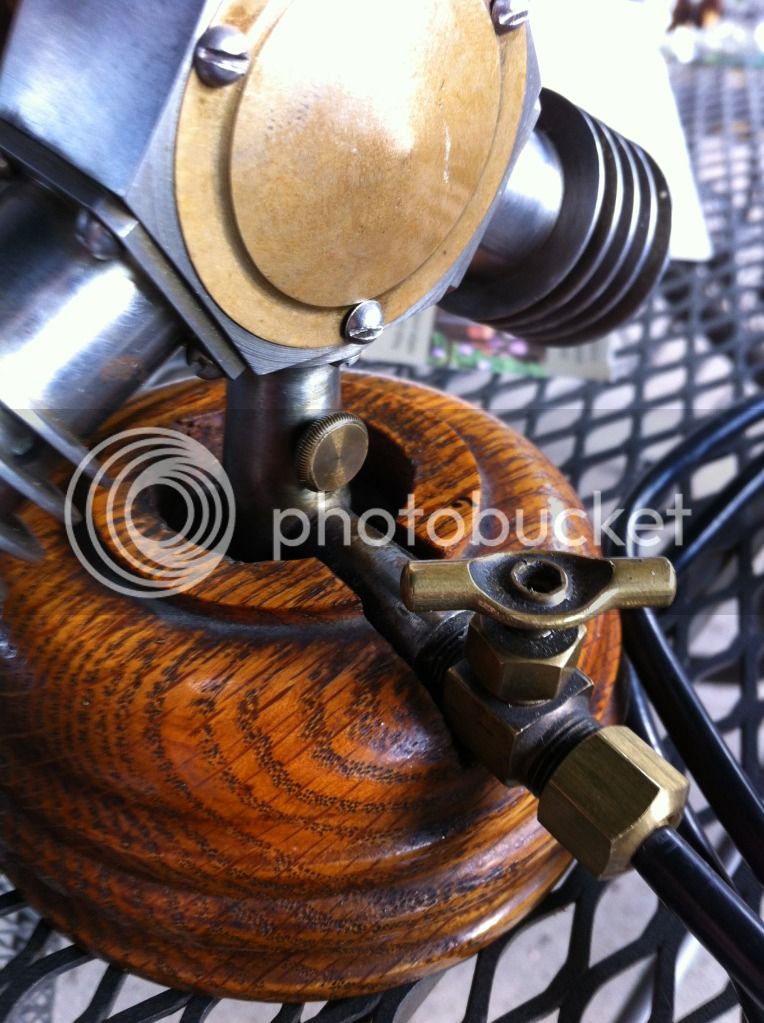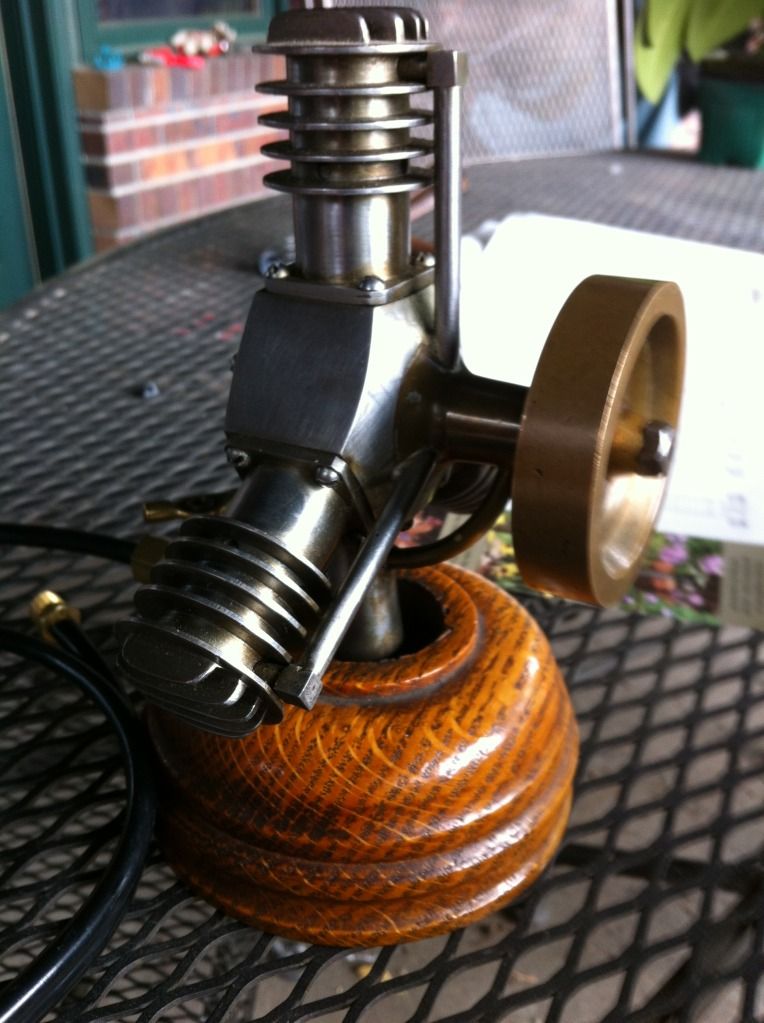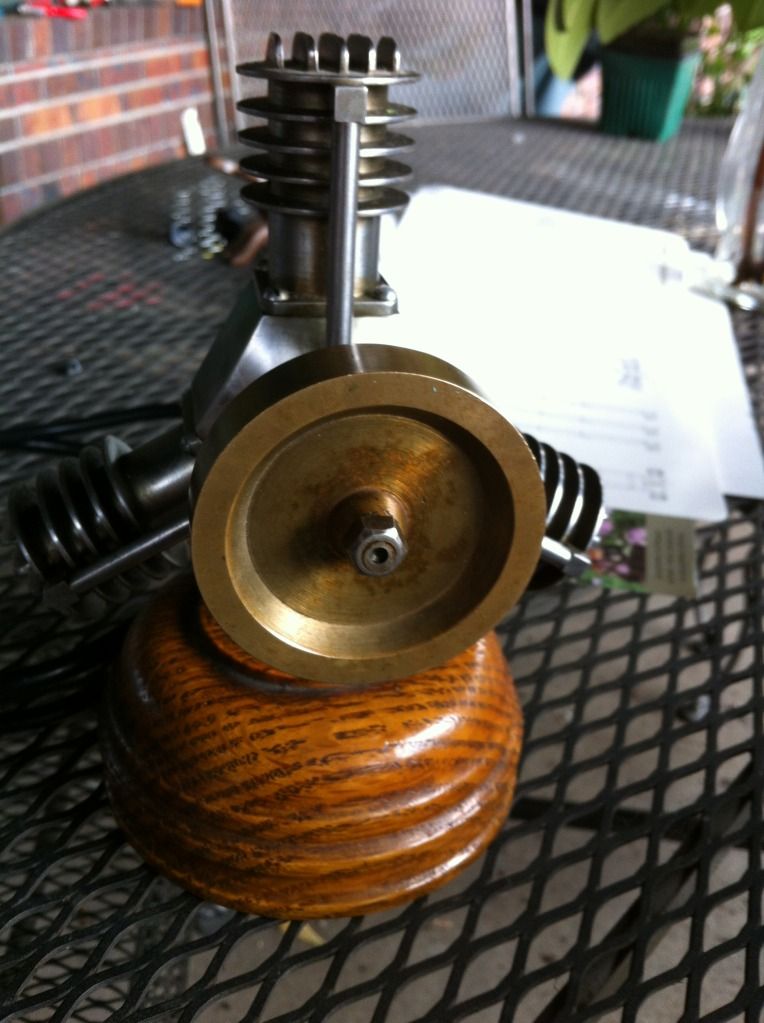Ron-
I guess I would say if you have the skill to disassemble it and measure it, and then reassemble it without leaving a trace, then what is the harm?
Otherwise how do you save the design and share it with others?
I actually would take apart any engine or mechanical device, measure it, and make drawings for it, regardless. I have always done that, and would do that with a Rolls Royce Merlin, or any engine. But I can do that without damaging it.
My philosophy is "if humans made it, then humans can reverse-engineer it".
Yes, I can and do take apart anything, nothing is sacred in the engine world to me.
If you don't take it apart, you will never learn.
I don't do trophy-case models. Not to take away from those that do, but the full spectrum of the hobby is to not only build nice engines, but to document how you did it, show others, and yes, let others touch your engine, disassemble it, copy it, etc. I don't make engines into sacred objects. Sorry, that is not a hobby, it is worshiping inanimate objects.
I would say if you want to just look at something, then just get a rock and look at it.
What is the sense really if you don't advance the hobby and your knowledge?
Obviously opinions will differ on this topic, but I can say I have been there, done that, and was very glad I documented what I did for the entire learning and sharing experience.
Pat J
